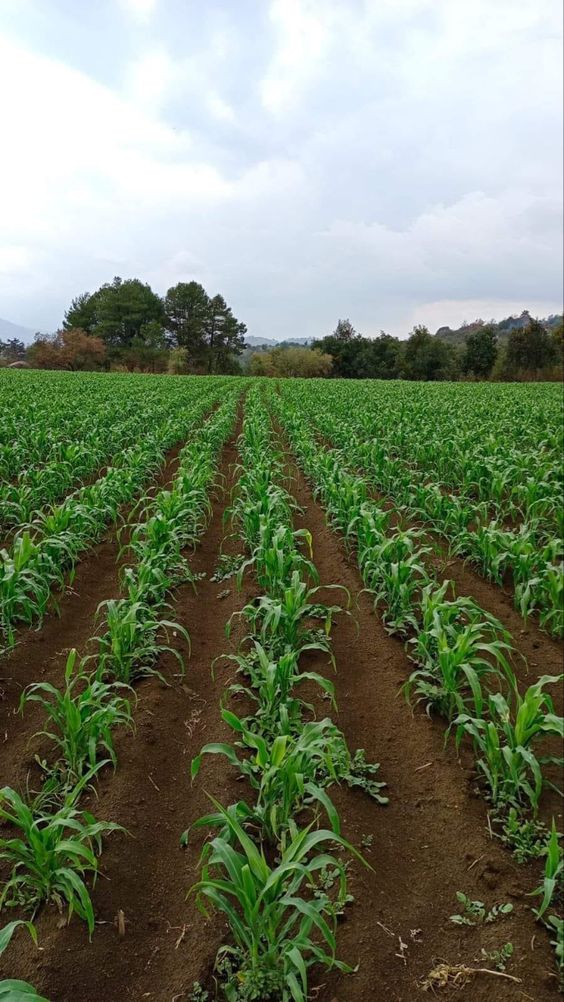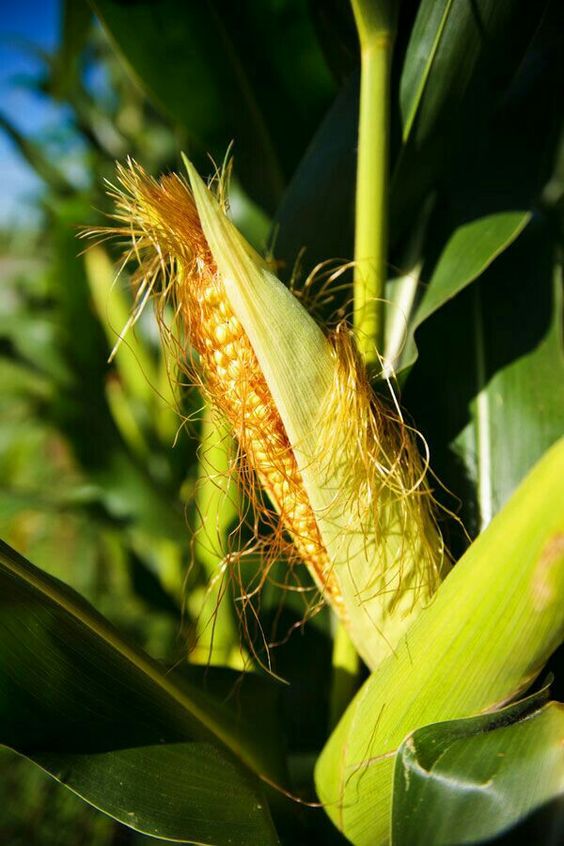Smart Plant Zucchini: Optimizing Yield and Quality Through Precision Agriculture
Plant Zucchini, a versatile summer squash prized for its mild flavor and prolific growth, is a staple in many gardens and kitchens. However, maximizing zucchini production requires a keen understanding of its needs and careful management of resources. Enter Smart Agriculture, a revolutionary approach that leverages technology and data to transform traditional farming practices. In this article, we delve into the world of Smart Plant Zucchini, exploring how precision agriculture techniques can empower growers to cultivate healthy, high-yielding Plant Zucchini crops while minimizing environmental impact.
Contents
Objectives of Smart Plant Zucchini
Smart Plant Zucchini aims to achieve the following objectives:
- Enhanced Yield and Quality: By optimizing growing conditions, Smart Agriculture techniques can significantly increase Plant Zucchini yields while ensuring consistent quality.
- Resource Efficiency: Precision irrigation, fertilization, and pest control minimize water and fertilizer use, promoting sustainability and reducing environmental impact.
- Early Disease Detection: Sensors and data analysis enable early detection of diseases and pests, allowing for targeted interventions that prevent crop loss.
- Labor Optimization: Automation and data-driven decision making streamline farm operations, reducing labor costs and improving efficiency.
- Improved Traceability: Smart Agriculture facilitates tracking from seed to harvest, ensuring food safety and consumer confidence.
Content: The Smart Plant Zucchini Toolkit
The Smart Plant Zucchini toolkit is an array of innovative technologies that empower growers to make informed decisions throughout the zucchini lifecycle. Here are some key components:
- Sensors: These devices continuously monitor environmental parameters like soil moisture, temperature, humidity, and nutrient levels. Real-time data allows for adjustments to irrigation, fertilization, and ventilation for optimal plant growth.
- Precision Irrigation Systems: Drip irrigation and sprinkler systems deliver water directly to the root zone, minimizing waste and ensuring efficient water usage. Sensors can trigger automatic irrigation based on real-time soil moisture data.
- Variable Rate Fertilization (VRF): VRF technology analyzes soil conditions and plant health, allowing for targeted application of fertilizers based on specific needs. This reduces fertilizer waste and potential environmental contamination.
- Imaging Technology: Multispectral imaging drones and cameras can detect early signs of disease, pest infestations, and nutrient deficiencies. This allows for early intervention with targeted treatments.
- Big Data Analytics: Data collected from sensors, weather stations, and historical records are analyzed using sophisticated algorithms. This generates insights into plant health, resource requirements, and potential risks, guiding informed decision-making.
- Internet of Things (IoT): Sensors and devices connect to a network, providing remote monitoring capabilities. Farmers can access real-time data and control systems from any location with an internet connection.
Benefits of Smart Zucchini
Smart Plant Zucchini offers several significant benefits for growers and consumers alike:
- Increased Crop Yields: Precise monitoring and control of growing conditions lead to healthier plants with higher fruit production.
- Improved Fruit Quality: Consistent environmental management translates into Plant Zucchini with superior appearance, taste, and shelf life.
- Reduced Resource Consumption: Optimized water and fertilizer use promotes sustainability and minimizes environmental impact.
- Enhanced Disease and Pest Control: Early detection and targeted interventions prevent crop loss and reduce reliance on chemical pesticides.
- Improved Labor Efficiency: Automation and data-driven decision making streamline farm operations and reduce labor costs.
- Traceability and Consumer Confidence: Data collected throughout the growth cycle helps ensure food safety and transparency.
Explanation: Putting Smart Plant Zucchini into Practice
1. Pre-Planting Stage:
- Soil Analysis: Soil sensors and lab testing provide a detailed picture of soil composition and nutrient levels.
- Precision Seeding: Smart planters ensure optimal seed spacing and depth, maximizing germination success.
2. Growing Stage:
- Sensor-Driven Irrigation: Sensors collect real-time soil moisture data, triggering irrigation systems when needed.
- Variable Rate Fertilization (VRF): VRF systems deliver fertilizers based on specific plant and soil needs.
- Climate Control Automation: Automated ventilation and heating/cooling systems maintain optimal temperature and humidity levels.
- Disease & Pest Monitoring: Images from drones and cameras are analyzed by AI algorithms to detect potential threats.
- Targeted Treatments: Early detection enables targeted application of organic pesticides or beneficial insects for pest control.
3. Harvest and Post-Harvest:
- Yield Prediction: Data from sensors and historical records help predict harvest times and quantities.
- Traceability Systems: Records of inputs and environmental data ensure product traceability and consumer confidence.
Usefulness for Growers
Smart Plant Zucchini empowers growers to become more sustainable and efficient, resulting in significant financial and environmental benefits. Increased yields, improved fruit quality, and reduced resource consumption translate into higher profits. Additionally, by demonstrating sustainable practices, growers can access premium markets and command higher prices for their produce.
Challenges and Opportunities Plant Zucchini
- Initial Investment: While Smart Agriculture offers immense potential, some challenges need to be addressed. The initial investment in technology like sensors, data platforms, and automation systems can be substantial for small-scale farmers. Government subsidies, financing options, and leasing programs can help overcome this barrier.
- Technical Expertise: Implementing and utilizing Smart Agriculture technologies effectively requires a certain level of technical expertise. Educational programs, workshops, and extension services can equip farmers with the knowledge and skills necessary for successful adoption.
- Data Security: The robust collection and analysis of data is central to Smart Agriculture. Robust cybersecurity measures are crucial to protect sensitive farm data from breaches or misuse.
Opportunities for the Future
Despite these challenges, the future of Smart Plant Zucchini is bright. Here are some exciting opportunities on the horizon:
- Integration of Artificial Intelligence (AI): AI algorithms can analyze vast datasets to predict crop yields, identify optimal planting times, and recommend personalized management strategies.
- Advanced Robotics: Robotic systems can automate tasks like weeding, thinning, and harvesting, further reducing manual labor requirements.
- Blockchain Technology: Blockchain can be used to create a secure and transparent record of a zucchini’s journey from farm to fork, enhancing traceability and consumer trust.
- Vertical Farming: Controlled environment agriculture (CEA) systems like vertical farms allow for year-round zucchini production in urban areas, minimizing reliance on transportation and reducing environmental impact.
Smart Plant Zucchini represents a transformative approach to zucchini cultivation. By harnessing the power of technology and data, growers can optimize yields, enhance fruit quality, and minimize environmental impact. As Smart Agriculture technologies become more affordable and accessible, we can expect to see a rise in sustainable and efficient zucchini production practices. This not only benefits growers but also ensures a secure and reliable supply of this versatile summer squash for consumers worldwide.




